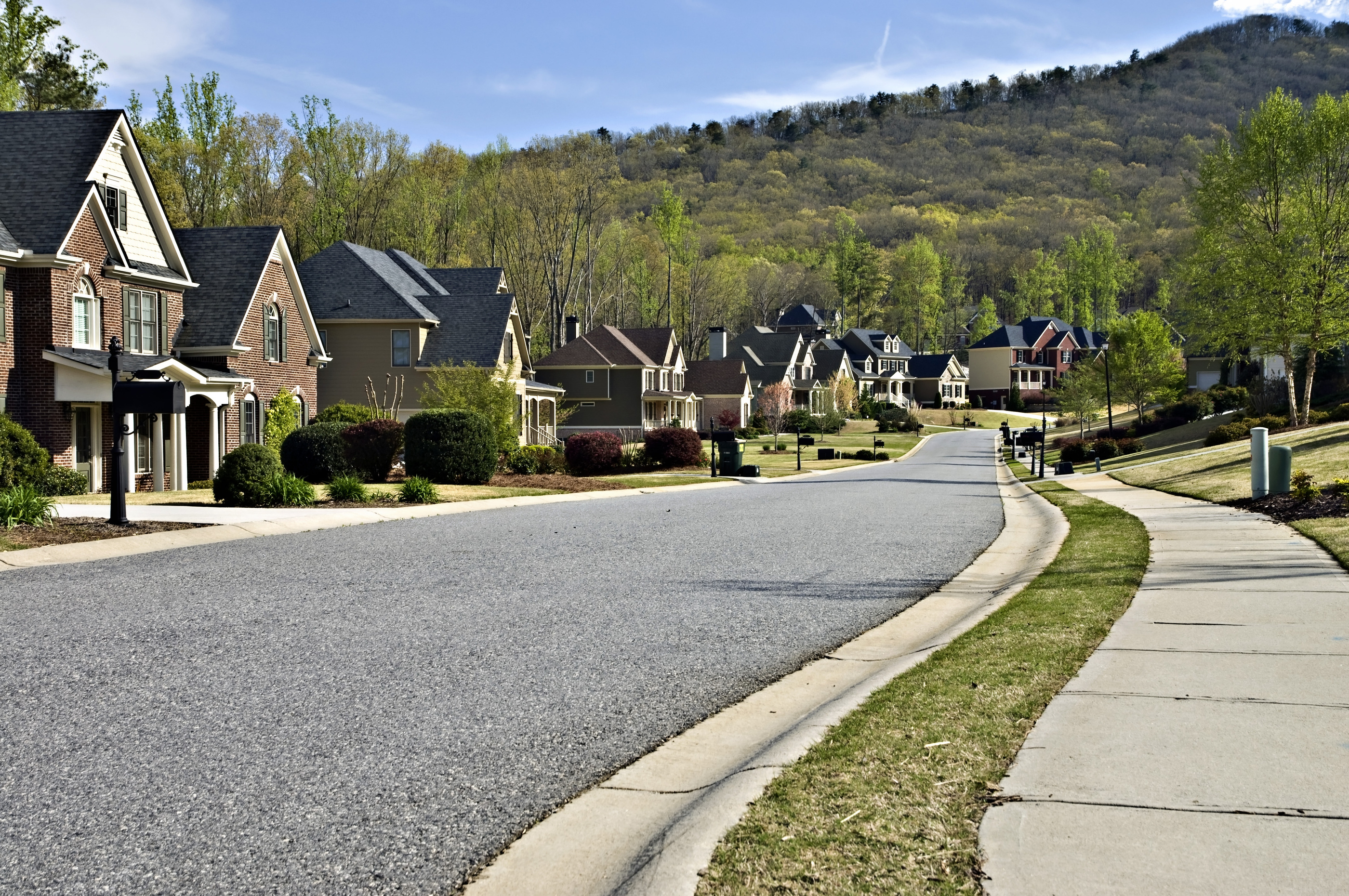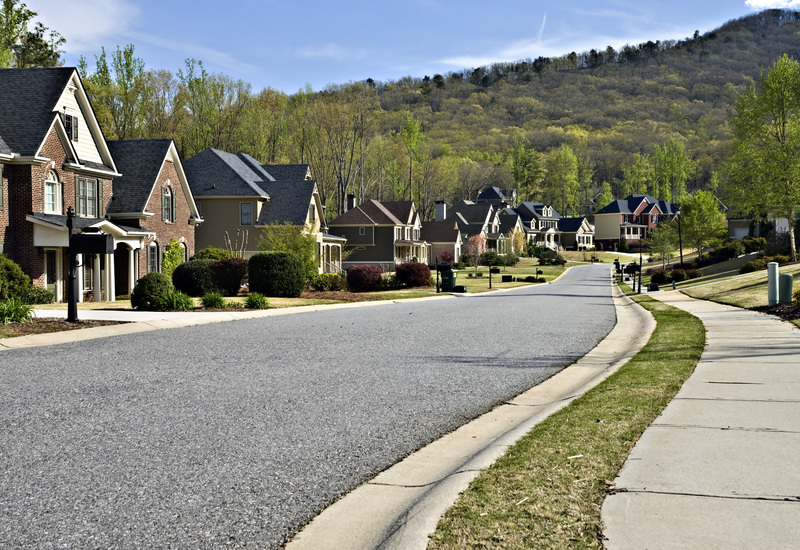Many HOAs still think of marketing as something for businesses. But the truth is, your HOA is a brand. Why? It’s managing a neighborhood, representing a community and acting as a communication hub for dozens (or hundreds) of households.
Like it or not, residents expect you to communicate like a modern organization. That doesn’t mean launching TikTok dances or spammy ads. It means having smart, clear and reliable digital strategies that make residents feel connected to the board’s leadership.
The problem? Many HOAs don’t know where to start, what’s working and how to implement it. It’s why we wrote this blog post after 20+ years helping businesses generate ROI through proven digital marketing. Let’s dive in.
1. Prioritize Your Website (Or Pay The Price)
Most HOA websites are underused. They list a few bylaws, some scattered contact information and a few payment links. That’s about it. Instead, your HOA website can (and should be) much more than that. It can become the command center your community not only trusts but constantly engages with. How to do it:
-
Post meeting dates, minutes and agendas
-
Publish weekly or monthly community updates
-
Highlight completed projects with nice photos
-
Add common FAQ sections and simple contact forms
-
Create a form library for all requests and applications
Why it matters:
A well-used HOA website reduces emails, builds transparency and improves resident satisfaction, especially among new homeowners who don’t know the ropes yet. Instead of having a “placeholder” for your website, make it an actionable tool that drives loyalty, engagement and long-term trust.
2. Send an Actionable Monthly Email Newsletter
Don’t make your residents rely on word-of-mouth or hope they visit your website. A monthly email keeps your HOA top of mind and reduces confusion across the board. The key? Don’t send a generic, poorly-formatted email that no one reads. People love being up-to-date on what’s happening in their neighborhood. Here’s what to include:
-
Upcoming meeting reminders
-
Community announcements or changes
-
Resident spotlights or event recaps
-
Project updates (with clear timelines)
-
Seasonal tips (snow removal, lawn care, holiday decorations)
Tools to use:
Mailchimp, Constant Contact or even simple Gmail mail merges work great for small HOAs. If you’re larger, consider GetResponse or even full-scale CRMs like GoHighLevel.
Tip:
Make your subject lines clear and helpful: “April HOA Updates: Meeting on the 14th + Pool Opening Info” will get opened far more often than “April Newsletter.”
3. Use Google Business Profile (Yes, Even HOAs)
This one surprises people. But HOAs can (and should) claim their Google Business Profile. Why? Because when residents search for your neighborhood, your Google listing is what shows up. That’s your first impression. What to do:
-
Claim the listing using your association’s address
-
Upload a few photos of the neighborhood or clubhouse
-
List hours of availability (or management office hours)
It gives your HOA legitimacy and helps people searching for information find the right place, fast.
4. Create a Resident-Only Portal (Even If It’s Simple)
A private section of your website with a login doesn’t have to be complicated. It just needs to offer slightly more than what’s public-facing. What to include:
-
Resident directory (opt-in only)
-
Internal discussion threads and forums
-
Easy access to budget or financial reports
-
Private board documents or project details
Even a password-protected Google Drive link can work for HOAs just getting started. This gives residents a sense of inclusion and transparency without sharing everything publicly.
Whether you’re upgrading the playground, painting common areas, or redoing landscaping, these moments build pride and they’re marketing gold. Avoid relying on random pictures with poor lighting that fail to make a statement. How to use them:
-
Post before-and-after photos on your site
-
Include them in newsletters or meeting slides
-
Use short video walkthroughs from board members
People want to know where their dues are going. Showing progress instead of just writing about it earns trust. Nothing “shows” that more than high-quality visuals in today’s digital world.
6. Ask for (and Publish) Resident Feedback
Many HOA websites and communications feel one-way. The board talks and then residents listen, but nothing else happens. But when your HOA website facilitates engagement, people naturally feel more “buy-in.” Ideas to collect feedback:
-
Add a quick Google Form to your site
-
Use QR codes at events to collect instant feedback
-
Include an anonymous suggestion box (digital-version)
Then publish a few high-level takeaways every quarter about what you heard and the specific action steps you’re taking. This will increase loyalty and make homeowners feel heard and seen.
Why it works:
It shows residents that their opinions matter, and even if changes aren’t instant, the board is listening. This is key for loyalty.
7. Create an Onboarding Email for New Residents
Most new homeowners get a welcome packet with too much paperwork and not enough clarity. That’s where digital onboarding shines. Use email to set the tone for their community experience, get them excited and ensure they stay engaged. What to include in the welcome email:
-
How to access the website
-
Trash and recycling schedules
-
Community rules or guidelines
-
Contact info for board and management
-
Upcoming meetings, get-togethers or events
Automate this email to go out whenever a new resident is added to your mailing list. It’s a simple gesture that can reduce a ton of questions and make a great first impression.
This Isn’t Just Marketing. It’s Engagement In Action.
Digital marketing for HOAs isn’t about selling. It’s about creating a platform for engagement. When residents feel informed, they’re more likely to comply with rules, show up to meetings and view the board as organized and competent.
But when websites are outdated, communication is sporadic, and nothing is mobile-friendly? It creates distance and confusion. To get started, pick one strategy to focus on during the next 30 days and go from there.
Want a Website That Levels Up Your HOA?
Your HOA deserves more than a generic website with scattered information. But we also understand that you’re busy running your association and may not have time to implement these strategies on your own.
At Slamdot, we’ve worked with dozens of community associations to turn their websites into hubs that boost engagement, reduce emails and streamline board responsibilities. These include Lyons Creek HOA, Village Green HOA, Westhampton Homeowners’ Association and countless more.
Ready to take your HOA website to the next level? Contact us today!



